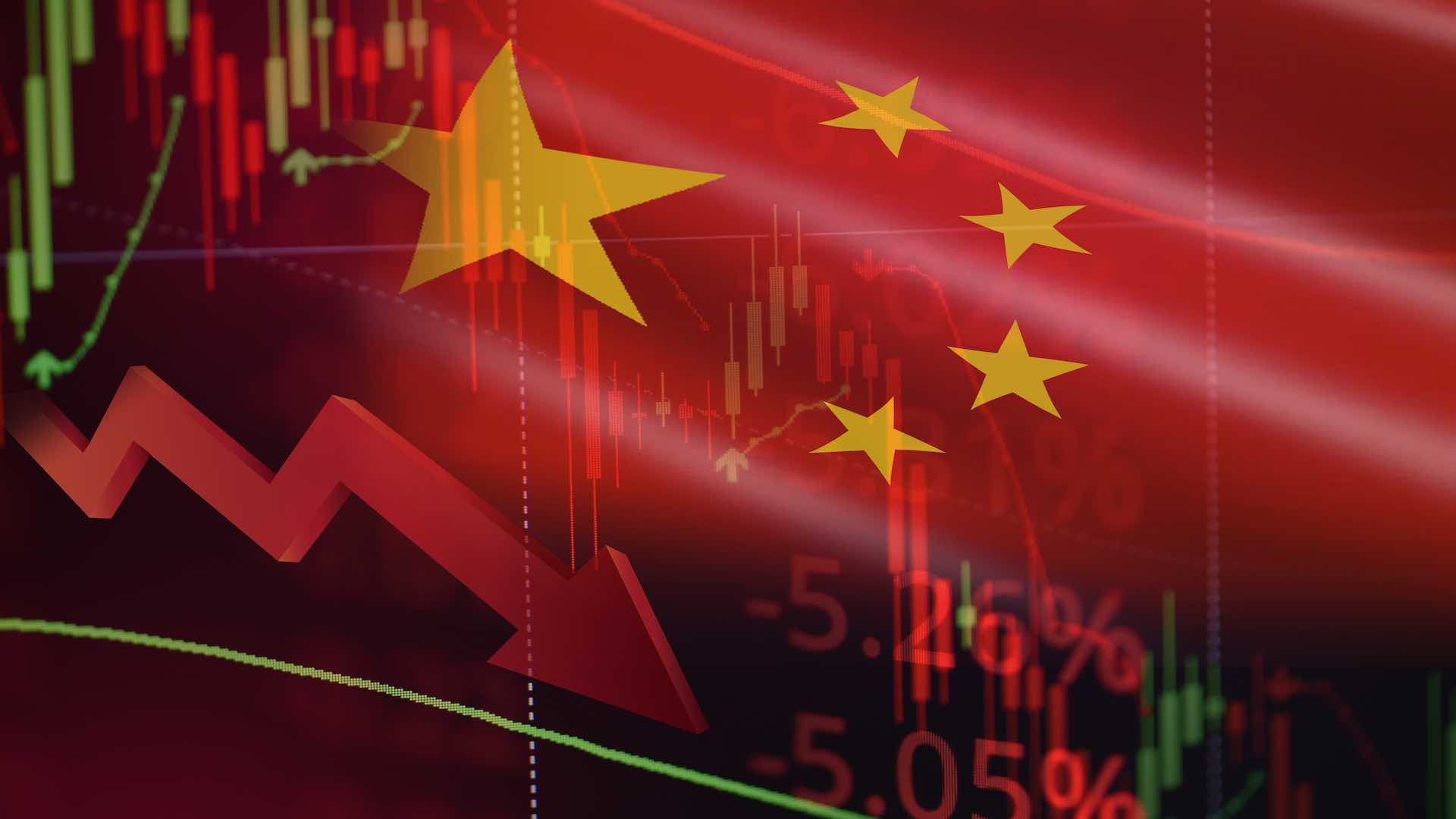The Chinese yuan is under mounting pressure, reflecting the dual challenges of a resurgent U.S. dollar and rising concerns over the economic policies of incoming U.S. President Donald Trump. Market analysts suggest Beijing’s efforts to manage the currency’s decline while maintaining economic stability will be critical in the months ahead. Since Trump’s election victory in November, China’s offshore yuan has dropped over 3%, and the more tightly controlled onshore yuan has fallen to levels not seen in 16 months.

This depreciation has been fueled by divergent monetary policy trajectories, with the Federal Reserve signaling fewer rate cuts than anticipated and the People’s Bank of China (PBOC) striving to navigate domestic economic headwinds. China’s economy continues to grapple with a real-estate crisis, sluggish consumer spending, and concerns over deflation. The resulting flight of funds into government bonds has driven yields to historic lows.
Meanwhile, rising U.S. Treasury yields propelled by higher inflation expectations under Trump’s proposed tariffs have widened the interest rate differential, further strengthening the dollar and weakening the yuan. Efforts to stabilize the currency are testing Beijing’s resolve. While a weaker yuan could bolster Chinese exports by enhancing their price competitiveness, authorities remain wary of excessive depreciation triggering financial instability.
The PBOC has suspended government bond purchases to curb excess demand and increased bill issuance in Hong Kong to ease downward pressure on the yuan. Additionally, officials have warned against speculative activity, emphasizing their commitment to maintaining the currency’s stability within a “reasonable, balanced level.” Pan Gongsheng, the PBOC Governor, recently reiterated this stance, highlighting the central bank’s priority on exchange rate stability over further monetary easing.
Goldman Sachs analysts suggest this policy direction reflects Beijing’s determination to prevent sharp fluctuations in the currency, even as growth pressures mount. Despite these efforts, market forecasts point to continued challenges for the yuan. Analysts at Quantum Strategy predict the offshore yuan could weaken to 8.5 per U.S. dollar by the year’s end, particularly if Trump enacts the proposed 50%-60% tariffs on Chinese goods. As of Monday, the offshore yuan was trading at 7.3357 against the dollar.
The currency’s decline is already complicating the PBOC’s ability to lower rates further, despite earlier indications of potential reserve ratio cuts. Economists suggest that measures such as verbal intervention, tighter capital controls, and liquidity adjustments may take precedence over aggressive rate cuts in the near term. China’s export sector, which saw robust growth in late 2024 as businesses rushed shipments ahead of anticipated U.S. tariffs, faces uncertainty as Trump’s trade policies begin to take effect.
While Beijing aims to avoid a steep depreciation of the yuan, experts like Macquarie’s Larry Hu argue that the scope for further currency weakening may be limited due to China’s clear policy preference for stability. As Trump prepares to take office, his administration’s approach to tariffs will play a significant role in shaping the yuan’s trajectory and China’s broader economic outlook. Beijing’s ability to balance currency stability with economic growth remains a critical focus for global markets. – By MENA Newswire News Desk.
